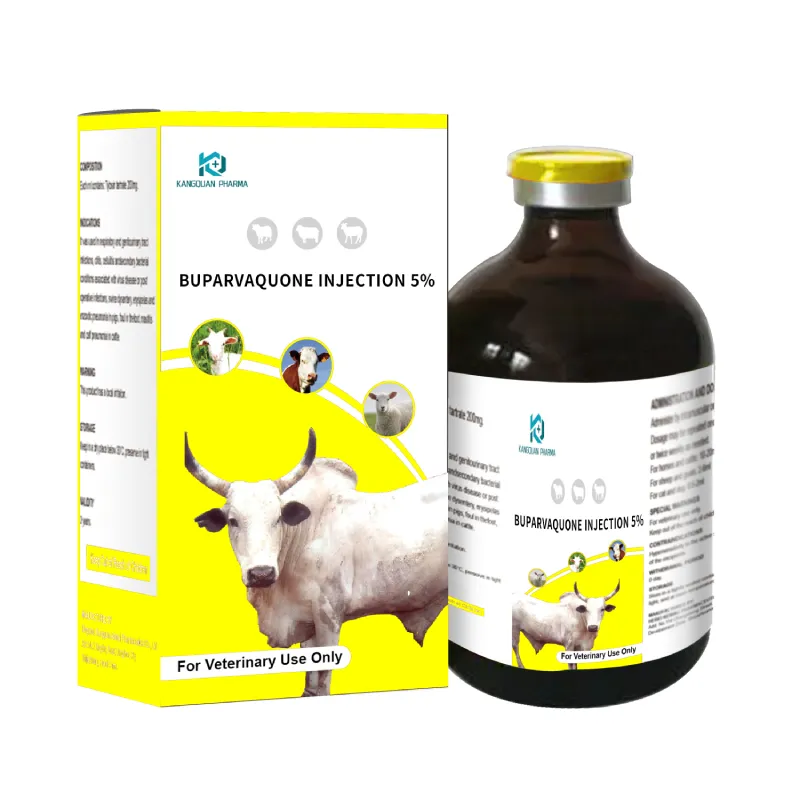- Afrikaans
- Albanian
- Amharic
- Arabic
- Armenian
- Azerbaijani
- Basque
- Belarusian
- Bengali
- Bosnian
- Bulgarian
- Catalan
- Cebuano
- Corsican
- Croatian
- Czech
- Danish
- Dutch
- English
- Esperanto
- Estonian
- Finnish
- French
- Frisian
- Galician
- Georgian
- German
- Greek
- Gujarati
- Haitian Creole
- hausa
- hawaiian
- Hebrew
- Hindi
- Miao
- Hungarian
- Icelandic
- igbo
- Indonesian
- irish
- Italian
- Japanese
- Javanese
- Kannada
- kazakh
- Khmer
- Rwandese
- Korean
- Kurdish
- Kyrgyz
- Lao
- Latin
- Latvian
- Lithuanian
- Luxembourgish
- Macedonian
- Malgashi
- Malay
- Malayalam
- Maltese
- Maori
- Marathi
- Mongolian
- Myanmar
- Nepali
- Norwegian
- Norwegian
- Occitan
- Pashto
- Persian
- Polish
- Portuguese
- Punjabi
- Romanian
- Russian
- Samoan
- Scottish Gaelic
- Serbian
- Sesotho
- Shona
- Sindhi
- Sinhala
- Slovak
- Slovenian
- Somali
- Spanish
- Sundanese
- Swahili
- Swedish
- Tagalog
- Tajik
- Tamil
- Tatar
- Telugu
- Thai
- Turkish
- Turkmen
- Ukrainian
- Urdu
- Uighur
- Uzbek
- Vietnamese
- Welsh
- Bantu
- Yiddish
- Yoruba
- Zulu
marras . 09, 2024 22:03 Back to list
Recommended Ivermectin Injection Dosage for Goats to Ensure Effective Parasite Control
Ivermectin Injection Dose for Goats A Comprehensive Guide
Ivermectin is a widely used antiparasitic medication that plays a crucial role in the health management of goats. It is effective against a variety of internal and external parasites, including roundworms, lungworms, mites, and lice. Understanding the correct dosage, administration practices, and safety considerations is essential for goat owners to ensure the well-being of their animals and avoid potential health risks.
Understanding Ivermectin
Ivermectin belongs to a class of drugs known as avermectins, which are derived from the soil bacterium *Streptomyces avermitilis*. It works by disrupting the nervous system of parasites, leading to their paralysis and eventual death. The drug is commonly available in various forms, including oral, injectable, and topical preparations, but the focus here will be on the injection form.
Recommended Dosage Guidelines
The recommended dosage of ivermectin for goats is typically 0.2 to 0.3 mg per kilogram of body weight. For practical application, this translates to 1 to 1.5 mL per 50 kg of body weight, depending on the concentration of the solution. It is crucial to weigh the goats accurately or estimate their weight to avoid underdosing or overdosing, which can lead to ineffective treatment or adverse effects.
For adult goats, the injectable formulation is often preferred for its rapid action and thorough absorption into the bloodstream. For kids and young goats, it is advisable to consult with a veterinarian to determine the appropriate dosage, as younger goats may have different sensitivities to medications.
Administration Techniques
Ivermectin injections are generally administered subcutaneously (under the skin) in the neck region, as this area minimizes the risk of injection site reactions. To perform the injection safely
1. Prepare the Equipment Use a sterile syringe and needle. A 20-gauge needle is usually sufficient for subcutaneous administration. 2. Restrain the Goat Gentle handling is essential. Restrain the animal to avoid sudden movements during the injection.
ivermectin injection dose for goats

3. Clean the Site Wipe the injection site with an alcohol swab to reduce the risk of infection.
5. Massage the Area After withdrawing the needle, gently massage the area to help disperse the medication and reduce irritation.
Safety Precautions
While ivermectin is generally safe when used correctly, there are several precautions that goat owners should consider
- Consult a Veterinarian Before administering ivermectin, it is always best to consult with a veterinarian, especially if other medications are in use or if goats have pre-existing health issues.
- Avoid Use in Dairy Goats Ivermectin should not be used in dairy goats close to the milking period due to the potential for drug residues in milk.
- Monitor for Reactions After administration, observe goats for any adverse reactions, such as swelling at the injection site, lethargy, or signs of allergic reactions.
Conclusion
Ivermectin is a powerful tool in the management of parasite infestations in goats. By adhering to proper dosage guidelines and administration techniques, goat owners can help ensure the health and productivity of their livestock. Regular deworming schedules, combined with good husbandry practices, will promote overall herd health and prevent the recurrence of parasitic infections. As always, maintaining open communication with a veterinarian is key in the ongoing health management of goats.
-
Guide to Oxytetracycline Injection
NewsMar.27,2025
-
Guide to Colistin Sulphate
NewsMar.27,2025
-
Gentamicin Sulfate: Uses, Price, And Key Information
NewsMar.27,2025
-
Enrofloxacin Injection: Uses, Price, And Supplier Information
NewsMar.27,2025
-
Dexamethasone Sodium Phosphate Injection: Uses, Price, And Key Information
NewsMar.27,2025
-
Albendazole Tablet: Uses, Dosage, Cost, And Key Information
NewsMar.27,2025













